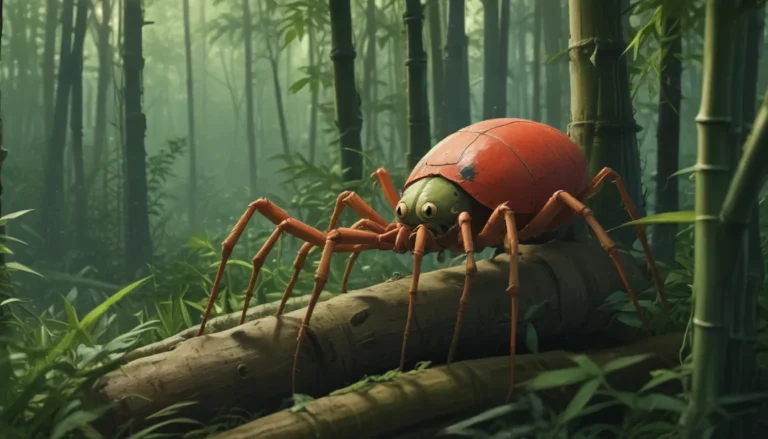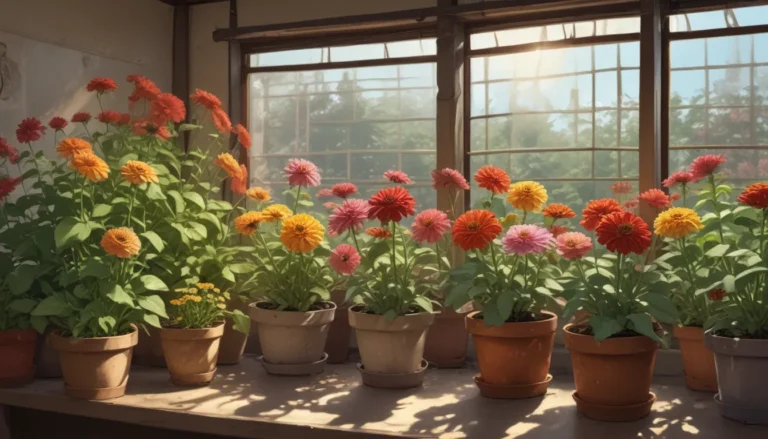Managing Monarda: A Comprehensive Guide to Controlling Bee Balm

When it comes to vibrant blooms and attracting pollinators, bee balm, or Monarda (Monarda spp.), is a popular choice for gardens across North America. However, this eye-catching plant also has a tendency to spread rapidly, causing some gardeners to question whether it is invasive. In this article, we will explore the best methods for managing the growth of bee balm and preventing it from taking over your garden.
Understanding Monarda
While bee balm is known for its beautiful flowers that attract bees, butterflies, and hummingbirds, its spreading root system can quickly overrun a garden, particularly in rich, moist soil. This can lead to new plants popping up unexpectedly throughout your garden. While some species of Monarda are native to a wide range of the United States, their aggressive growth habits make them challenging to control in certain environments.
Determining whether bee balm is invasive depends on the specific species and location where it is being grown. While some species are considered aggressive or opportunistic, they may not meet the criteria for being labeled as invasive. Understanding the growth habits of the specific species of Monarda you are cultivating can help you assess whether it has the potential to become a problem in your garden.
Tips for Controlling Monarda
Managing the growth of bee balm involves a combination of containment strategies and regular maintenance. Here are some effective methods for controlling the spread of Monarda in your garden:
1. Use Rhizome Barriers
-
Living Rhizome Barriers: Plant non-spreading, clumping, or large plants around bee balm to prevent its rhizomes from spreading. Choose plants with extensive root systems that can act as a natural barrier against the growth of Monarda.
-
Synthetic Rhizome Barriers: Use plastic barriers buried in the soil to physically block the underground spread of Monarda rhizomes. These barriers can be customized to fit the specific needs of your garden and prevent the aggressive growth of bee balm.
2. Plan Isolated Placements
Isolating bee balm in designated areas can help prevent it from competing with other plants in your garden. Place them in areas where they won’t overwhelm neighboring plants and where they can thrive without causing disruption.
3. Grow in Containers
Growing bee balm in containers can help contain its growth and prevent it from spreading uncontrollably. This method is particularly useful in areas with harsh winters or limited space, as it allows you to manage the plant more effectively.
4. Practice Regular Smothering
Create barriers around bee balm using cardboard, newspaper, or mulch to prevent new shoots from spreading. This method can help control the growth of Monarda in areas where it is already established and prevent it from encroaching on other plants.
5. Create Divisions, Cut, or Pull Plants on an Ongoing Basis
Dividing bee balm plants and removing excess growth can help control their spread and revitalize established clumps. Regular maintenance is key to preventing bee balm from taking over your garden and ensuring that it remains contained in designated areas.
By implementing these strategies, you can effectively manage the growth of bee balm in your garden and prevent it from becoming invasive. Whether you choose to use rhizome barriers, isolate plantings, or practice regular maintenance, taking proactive steps to control Monarda can help you enjoy its beauty without the worry of it spreading uncontrollably.
Conclusion
While bee balm is a beloved plant for many gardeners, its aggressive growth habits can present challenges for maintaining a well-manicured garden. By understanding the characteristics of Monarda and implementing effective control methods, you can enjoy the beauty of bee balm without the stress of it becoming invasive. Whether you choose to use rhizome barriers, isolate plantings, or practice regular maintenance, taking proactive steps to manage the growth of bee balm can help you create a thriving garden that is free from unwanted intruders.
Share your experiences with controlling Monarda in the comments below and let us know which strategies have worked best for you. For more information on growing bee balm and attracting pollinators to your garden, check out our related articles on bee balm propagation and creating a pollinator-friendly environment with Monarda. Happy gardening!





